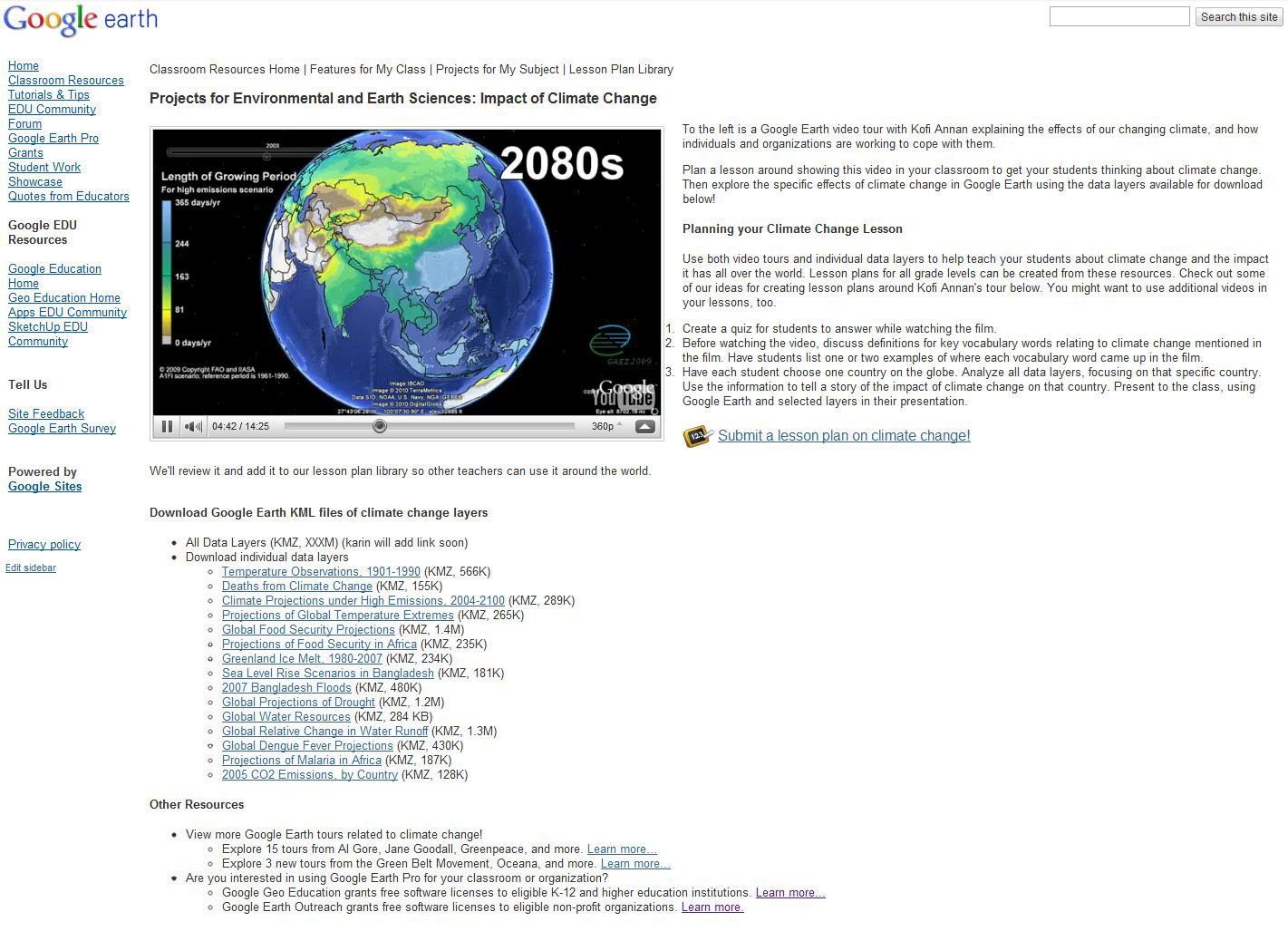With support from Google, the Waitt Foundation, Hope Spots LLC and the National Geographic Society, Sylvia Earle and
Mission Blue are embarking on an expedition to the Gulf of Mexico that will take a deep look at how the region is recovering from the five million gallons of oil spilled from the BP Deep Horizon Oil Spill last year. Follow along with the expedition by checking back daily and clicking on the blue ship icon in
Google Earth located off of the US coast near Pensacola, Florida, where the expedition begins (make sure the Places layer is turned on). The science team will share updates and media from the expedition, including photographs, videos and links to Google maps on the National Geographic News Watch blog
here.
“Our goal is to identify areas with potential for Gulf ecosystem recovery,” said Dr. Earle, founder of SEAlliance and recipient of the 2009 TED Prize that developed into Mission Blue, an international ocean conservation movement. “That is going to require protection of places healthy enough to replenish and rebuild populations. What’s happened here is far from over for the clams and oysters and other sea life critical to a healthy Gulf of Mexico.”
The fate and impact of the spilled oil, gas and dispersants applied following the blowout into the Gulf are the subject of intense discussion by experts. The expedition team, assembled under the broad banner of the Mission Blue initiative, seeks answers to questions about the current status of key species and ecosystems.
Other research participants include: Dr. Thomas Shirley, Larry McKinney, Douglas Weaver and Harriet Nash from the Harte Research Institute at Texas A&M University-Corpus Christi; Edith Widder and Brandy Nelson, Ocean Research & Conservation Association and Carl Safina, Blue Ocean Institute. Research dives are planned using a Dual Deepworker submersible made available to the expedition by the Waitt Institute.
You can also experience the expedition for yourself by downloading this KML for viewing in Google Earth.
 ).
).